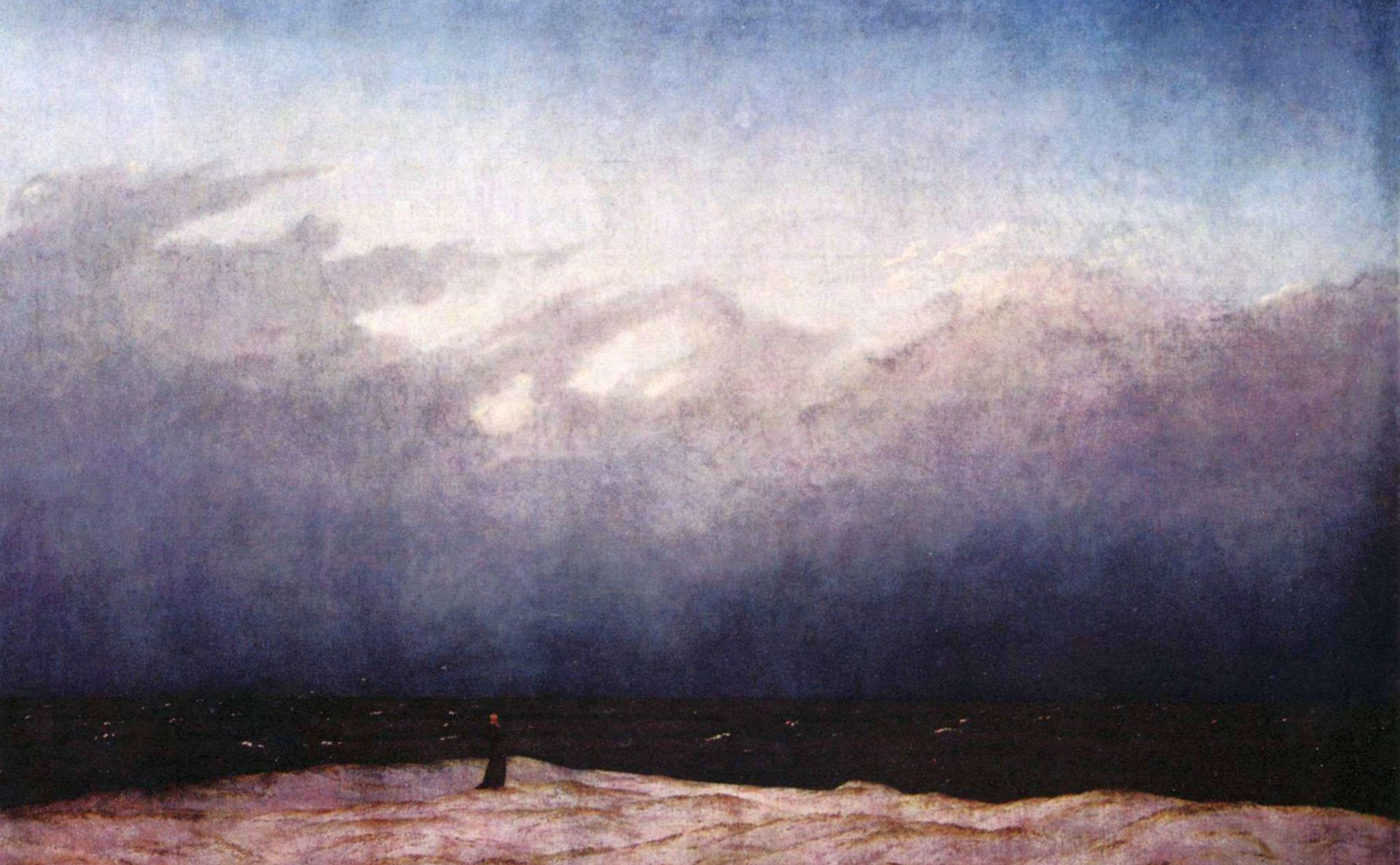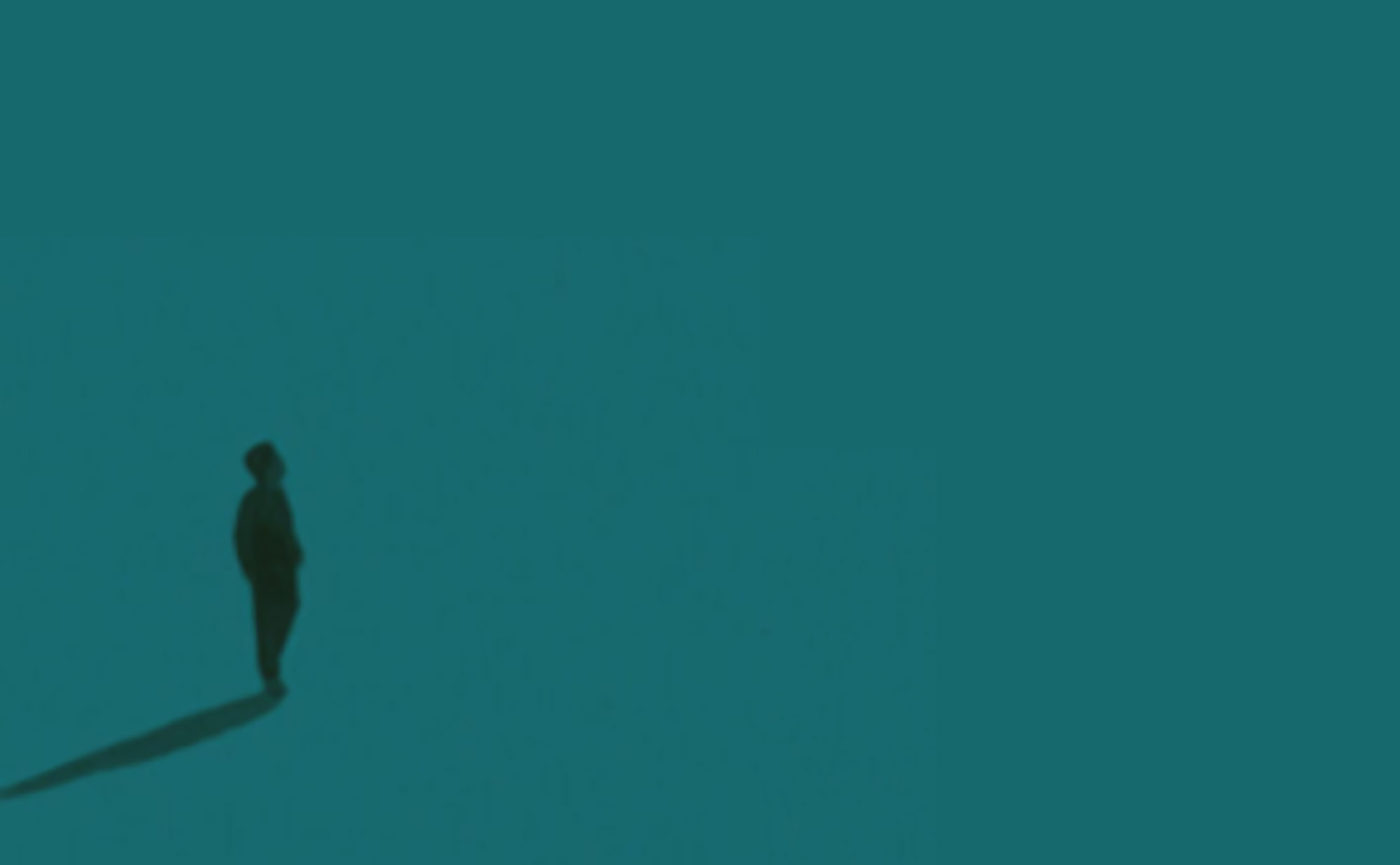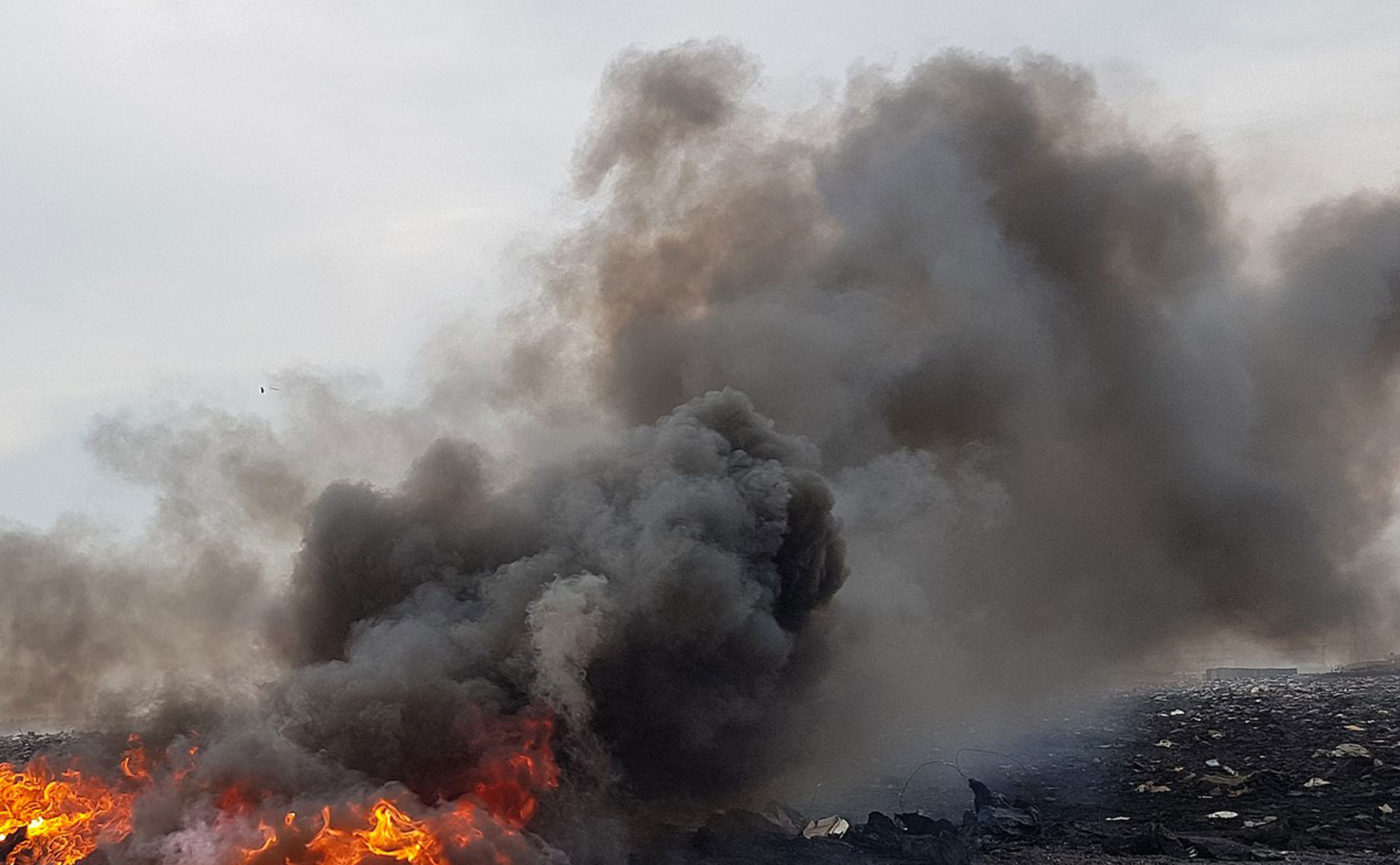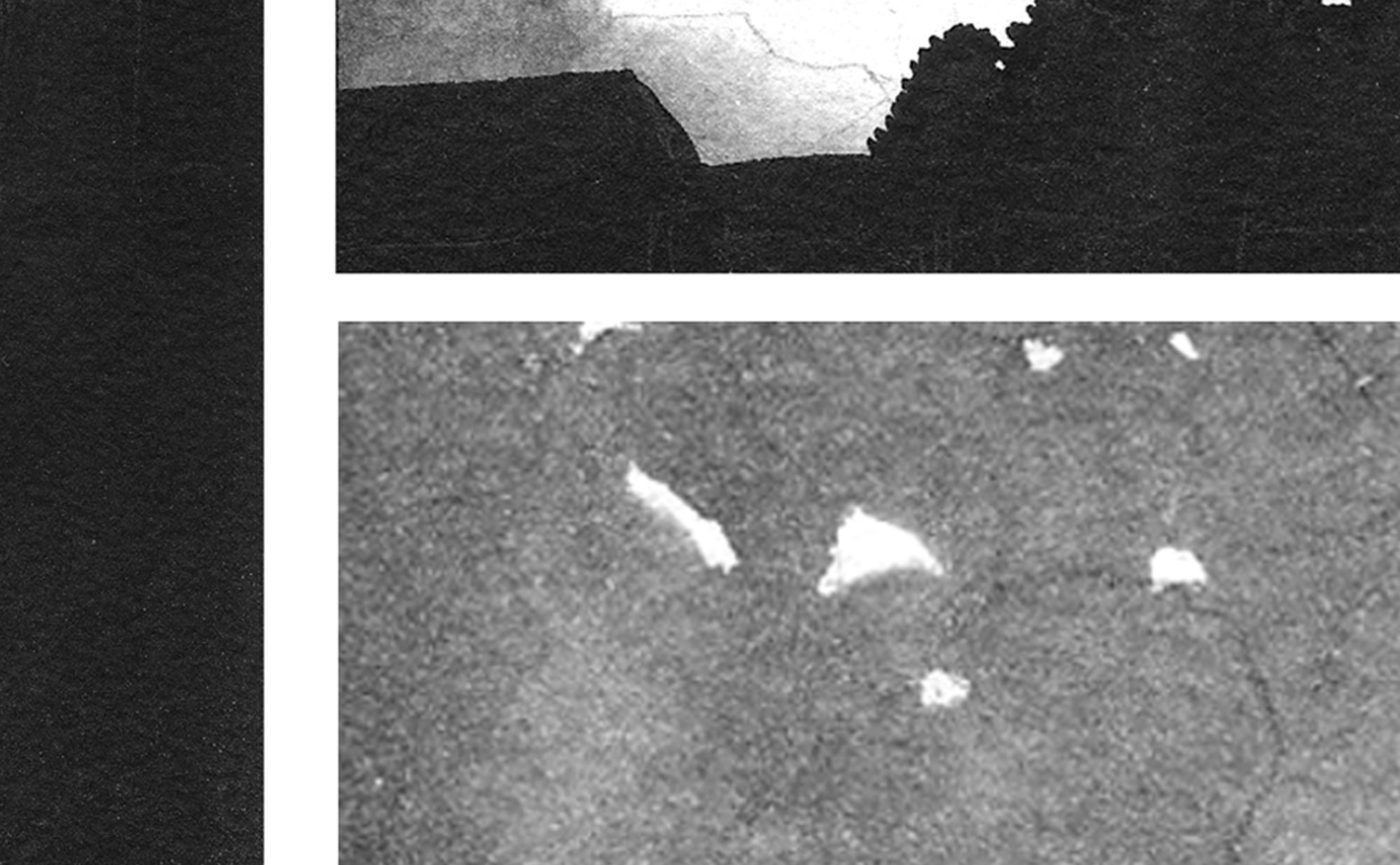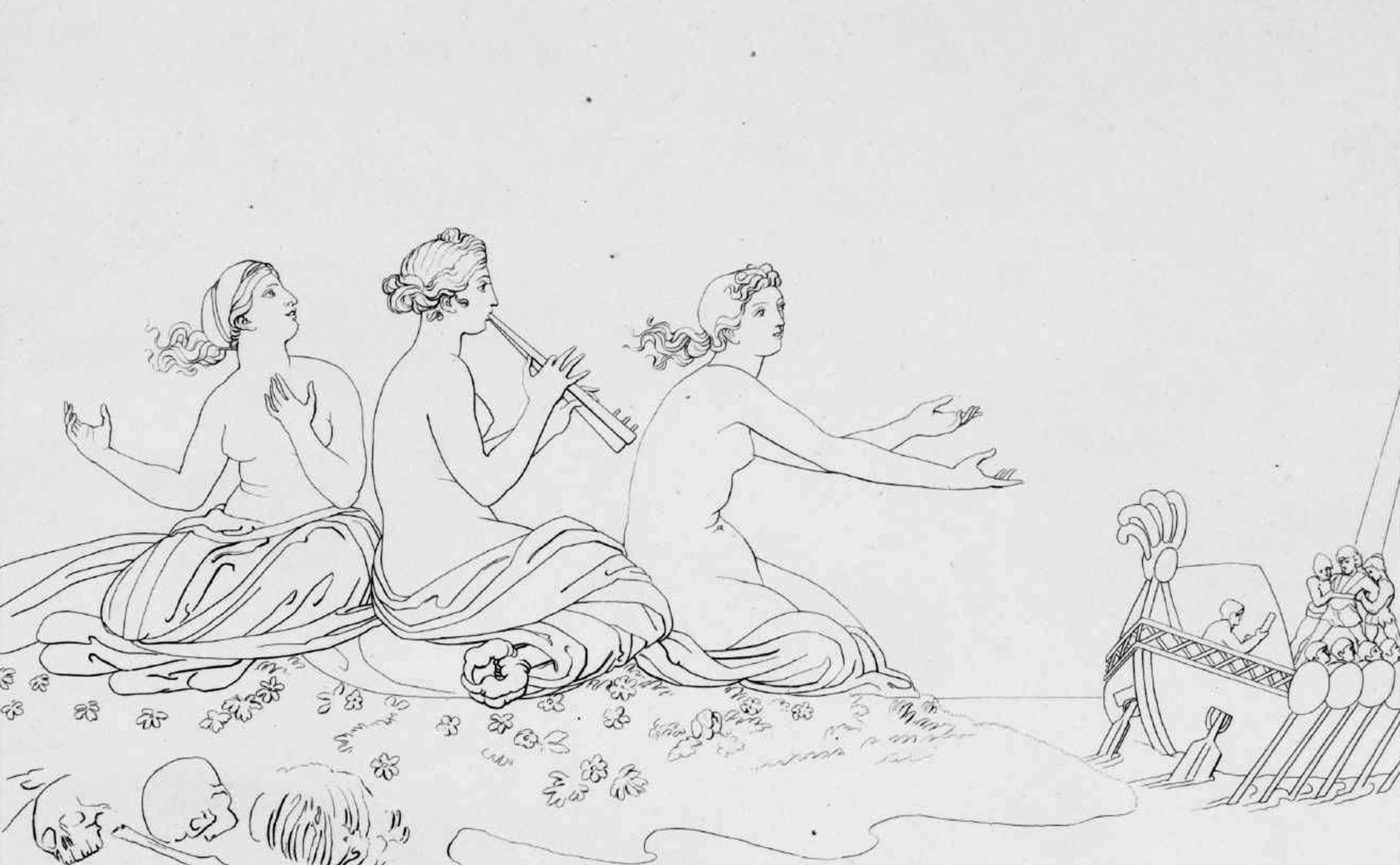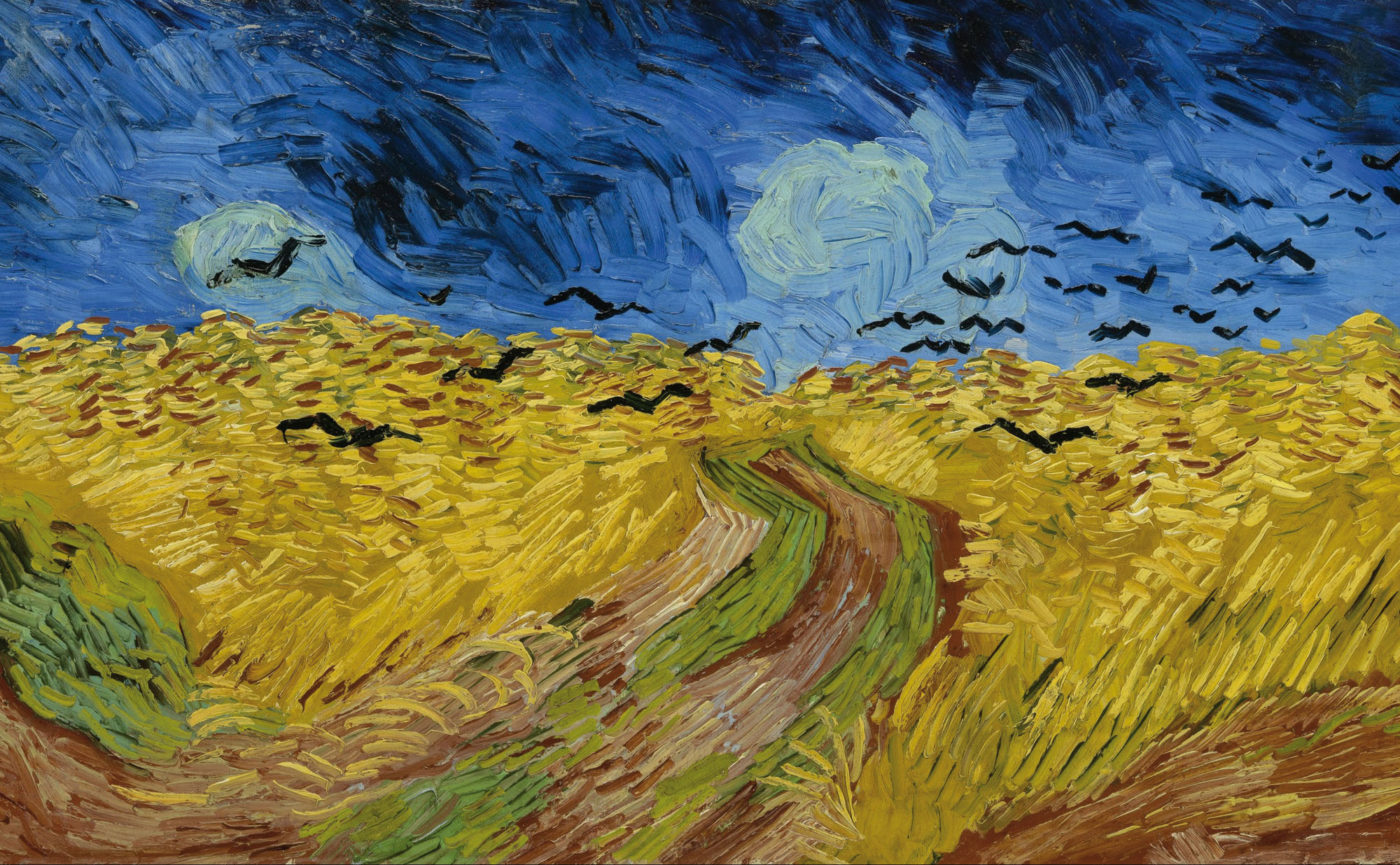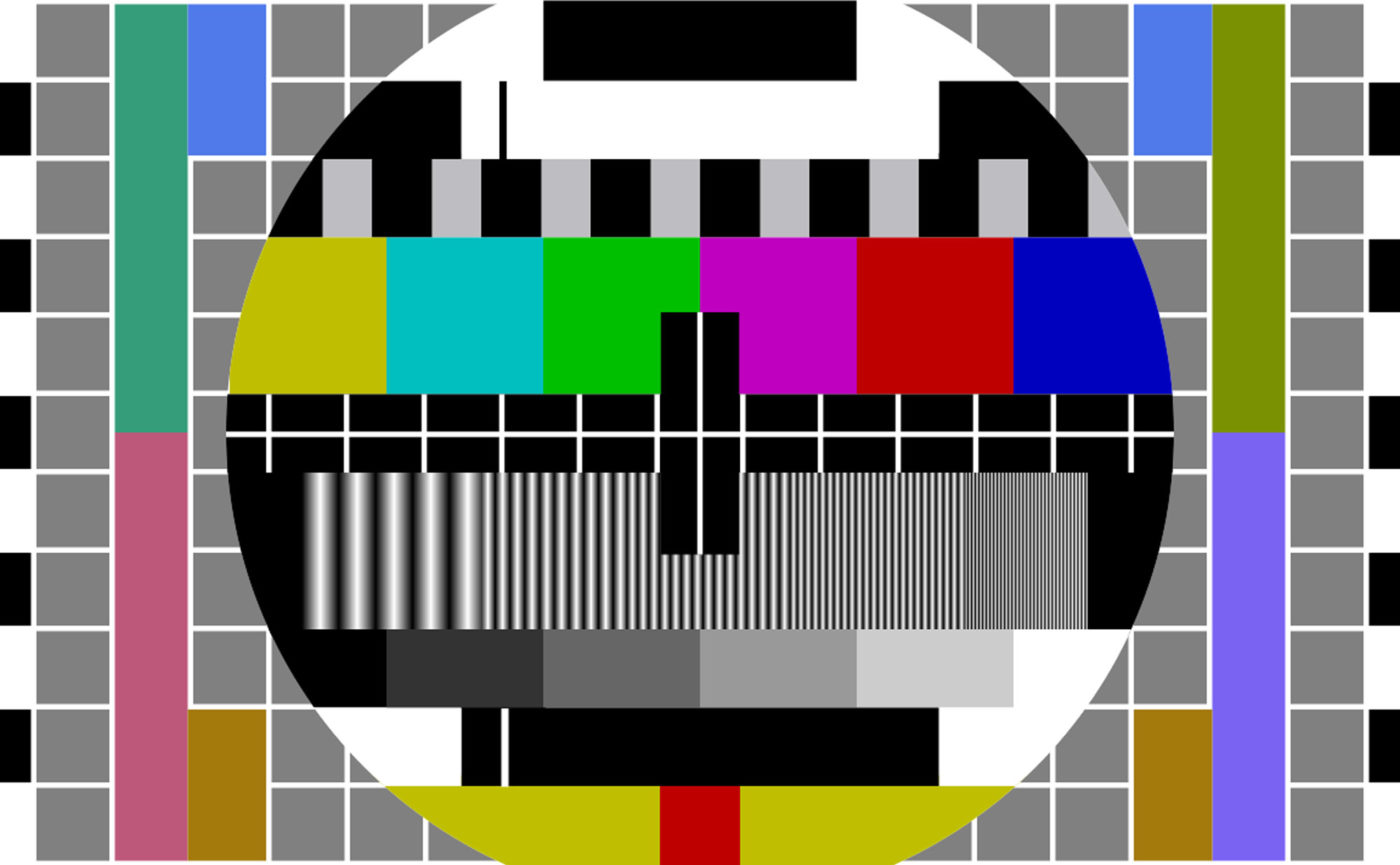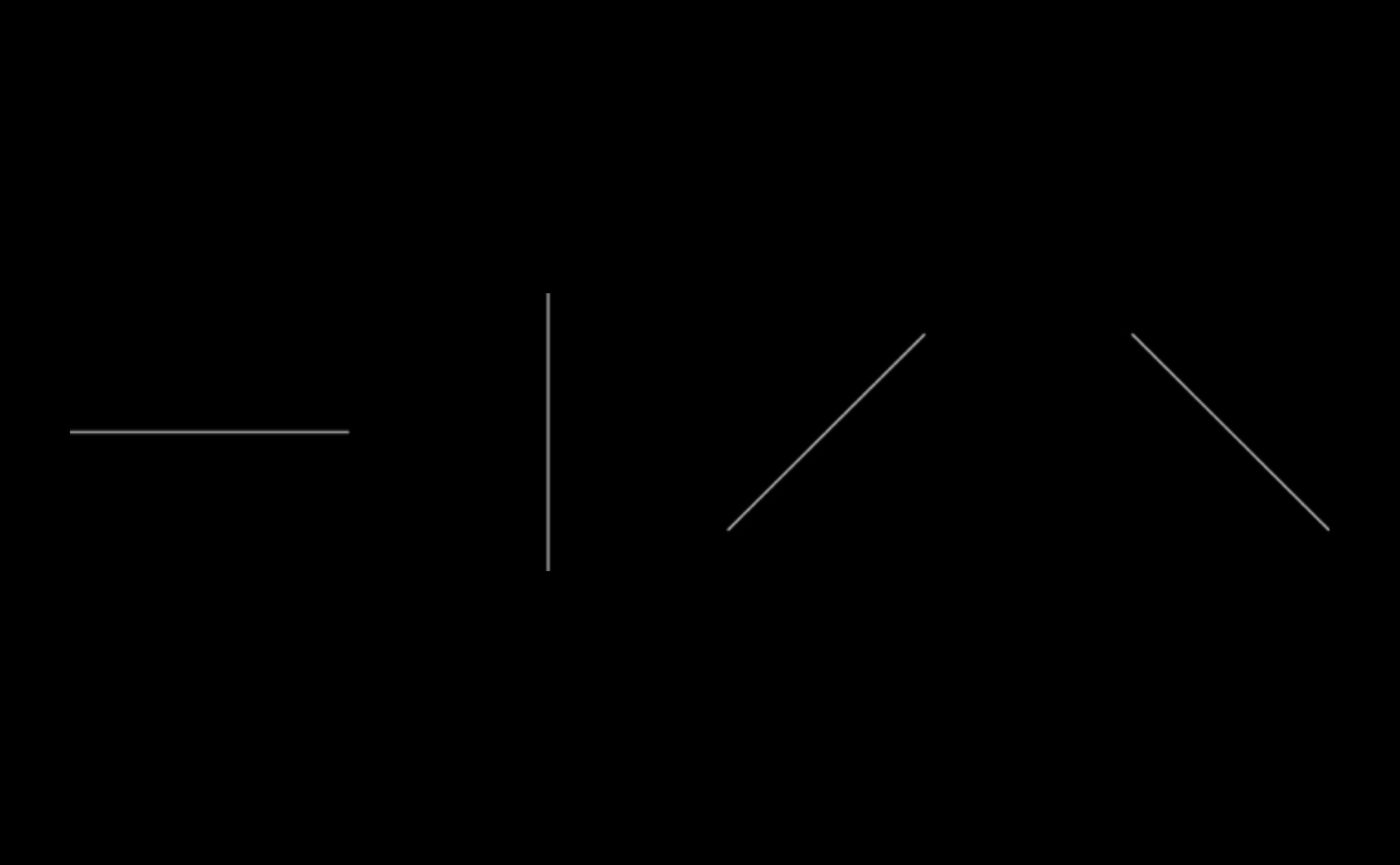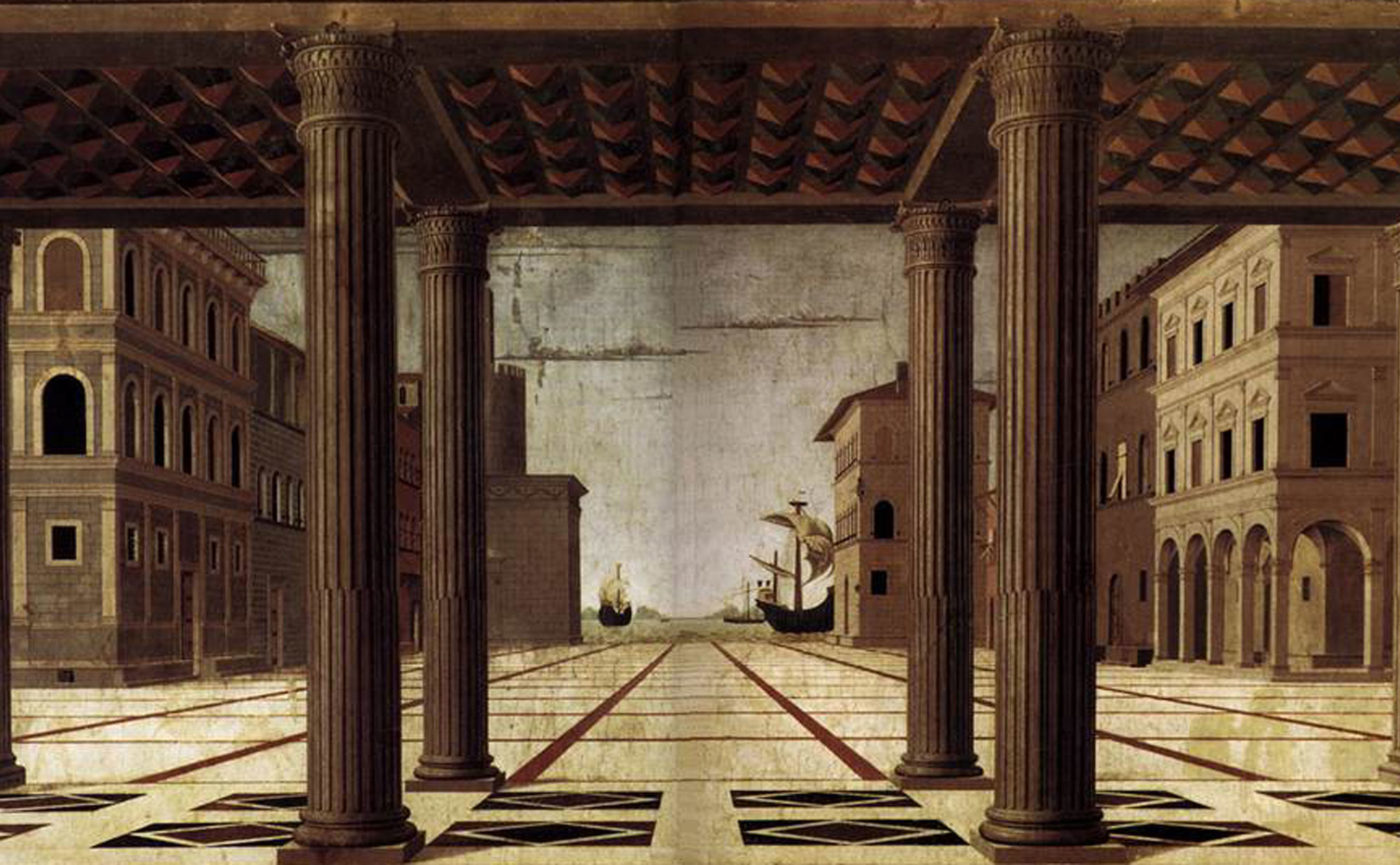Caspar David Friedrich, Der Mönch am Meer, 1808-09 If the composition concerns the course of an image (horizontal, vertical, diagonal ascending / descending), the framing determines the point of view that the author has assigned to the viewer’s gaze, demonstrating that the image is designed specifically for him, for his involvement. The choice of the framing is therefore essential for the conveyance of the message, being able to place the viewer in a dominant or inferior position, protagonist or […]

